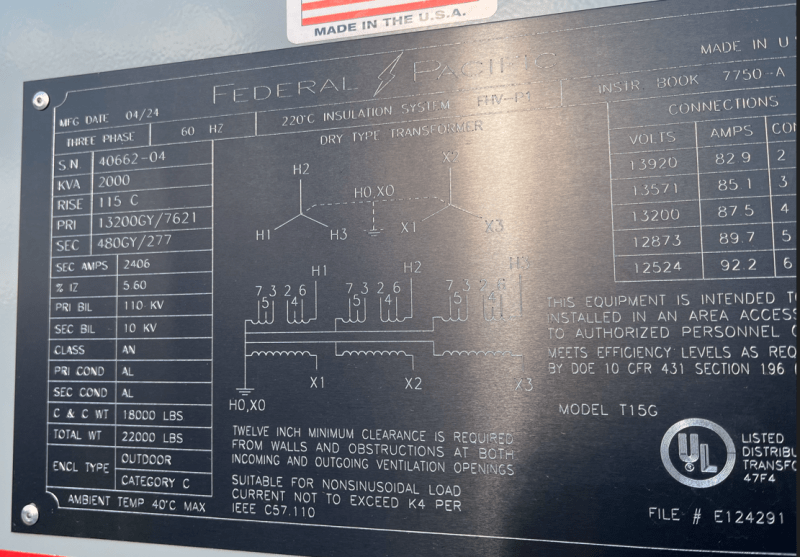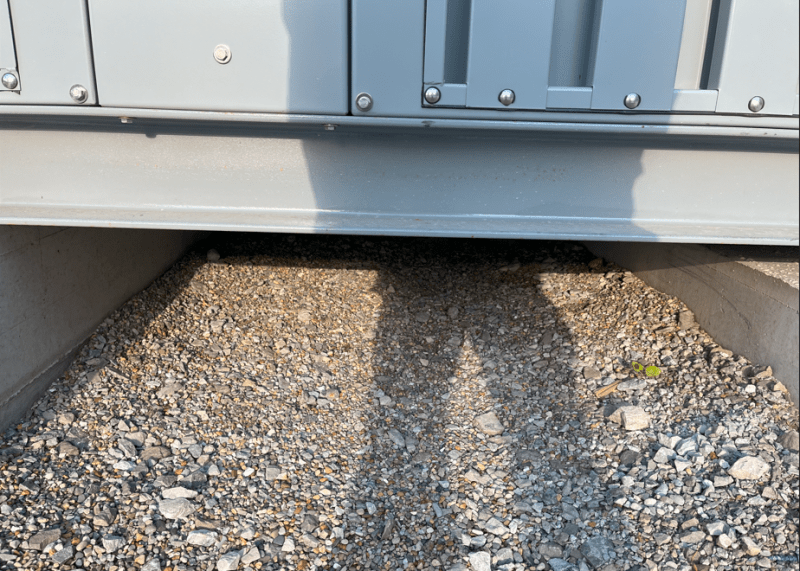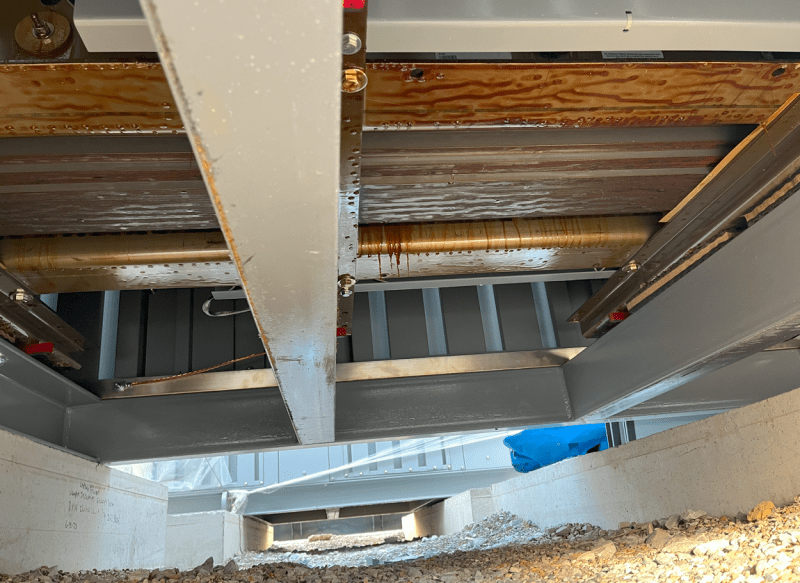hugo.c
Electrical
- Jun 24, 2024
- 5
Hoping someone can help point me to a standard that I can reference regarding the installation of an outdoor MV transformer that has its underside open to the elements. I have a gut feeling that these transformers should not be energized as installed.
I have looked up the manual for this Federal Pacific 2000kVA transformer (IN7750) and NFPA-70E paragraph 450 but does not explicitly state not to install the transformer with the transformer core exposed from underneath. NETA-ATS also does not provide any insight.
I do not have access to IEEE C57.93-2019 for additional reference.
The best reference I have found thus far that validates my concerns is the following: "The transformer enclosure is designed to prevent the entrance of most small animals and foreign objects. In some locations, however, you may have to consider additional protection. Transformers installed in public areas must be constructed to be impenetrable to foreign objects or the units must be protected by a fence in a manner that would prevent accessibility by the public and animals." source:
I don't want to simply "recommend" to the customer that transformer's base needs to be redone and/or filled-in. I want to be able to present something in black-and-white to ensure they will do the right thing and fill in under the transformer.



I have looked up the manual for this Federal Pacific 2000kVA transformer (IN7750) and NFPA-70E paragraph 450 but does not explicitly state not to install the transformer with the transformer core exposed from underneath. NETA-ATS also does not provide any insight.
I do not have access to IEEE C57.93-2019 for additional reference.
The best reference I have found thus far that validates my concerns is the following: "The transformer enclosure is designed to prevent the entrance of most small animals and foreign objects. In some locations, however, you may have to consider additional protection. Transformers installed in public areas must be constructed to be impenetrable to foreign objects or the units must be protected by a fence in a manner that would prevent accessibility by the public and animals." source:
I don't want to simply "recommend" to the customer that transformer's base needs to be redone and/or filled-in. I want to be able to present something in black-and-white to ensure they will do the right thing and fill in under the transformer.



